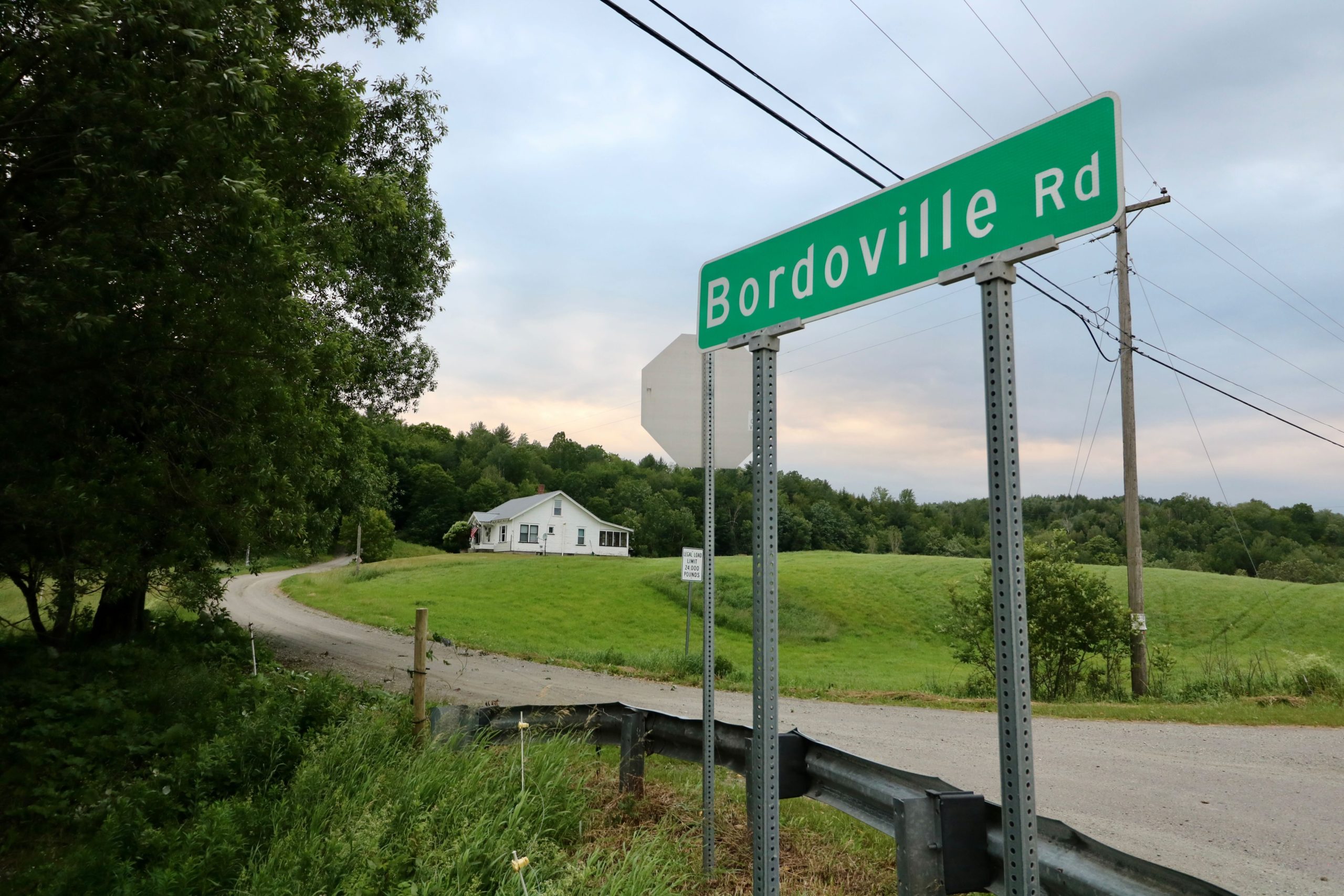A federal judge rejected a challenge to the state’s Public Utility Commission brought by a national telecommunications company whose proposal to build a 140-foot radio tower in Enosburgh was shot down by the state regulatory panel last year.
Industrial Tower and Wireless was appealing the panel’s decision in a civil lawsuit in U.S. District Court in Burlington. The Massachusetts-based company’s plans were for the tower to provide two-way radio and emergency dispatch services that it said would fill a communications gap long frustrating local first responders and businesses.
The company also planned for enough space to be available on the tower for up to five cell phone carriers to install antennas there — though no carriers were willing to sign onto a deal until the project was approved, according to federal court records.
The Public Utility Commission ultimately found that the proposed tower was taller than it needed to be and would be “obtrusive” to its surrounding area as a result. The panel suggested it might have approved a slightly shorter, 120-foot-tall tower, finding that would be less conspicuous while achieving most of the company’s objectives.
READ MORE
In the civil suit, Industrial Tower and Wireless asked Judge Geoffrey Crawford to order the utility commissioners to greenlight the tower as proposed. Instead, on Aug. 19, he issued a summary judgment against the company, meaning the case won’t go to trial.
In court filings, lawyers for Industrial Tower and Wireless maintained that the tower had to reach 140 feet. They pointed to comments from Maurice Lamothe, chief of the St. Albans Police Department, who previously told regulators that the emergency dispatch equipment his agency planned to put on the tower would work best at that height. A shorter structure would also reduce the number of cellular antennas the company could install, the lawyers argued.
To that point, the attorneys said, regulators’ denial violated a federal telecommunications law meant to ensure the public’s access to wireless coverage. They also argued that the denial relied on inadequate evidence about the project’s impact on the surrounding area — and that, in fact, the tower would be hardly noticeable to neighbors, if at all.
Vermont law requires the utility commissioners to provide what’s known as “substantial deference” to the recommendations of a regional planning commission before making a decision. In this case, a project review committee from the Northwest Regional Planning Commission came out against the project, saying that its public safety benefits would not outweigh its drawbacks.
“The project’s height is not compatible with the scenic rural character of the Bordoville hamlet and has a negative impact on the area’s historic resources,” Emily Klofft, a planner at the organization, wrote in testimony to the utility commission last year.
Klofft’s comments echoed concerns about the tower raised by some neighbors in testimony to regulators and at a public meeting in Enosburgh in 2022. Other local residents, though, had voiced strong support for the proposal.
Crawford wrote in his judgment that the case “illustrated a tradeoff between aesthetics and (radio frequency) performance.” But he ultimately came down on the side of the utility commission, finding there was “substantial evidence” that a 140-foot structure would create a “negative visual impact on the community.”
Crawford also tied debate about the project’s merits to broader conversations about the balance between preserving natural views and building new infrastructure in the state.
“Senator Patrick Leahy was quoted in 1998 as stating that Vermonters did not wish to be left out of the telecommunications age, but also did not want Vermont ‘turned into a giant pincushion with 200-foot towers sticking out of every mountain and valley,’” the judge wrote, referring to an article published in the New York Times.
In this case, Crawford added “some of the same themes appear.”
Industrial Tower and Wireless has until late September to file an appeal of the judge’s ruling. Attorneys for the company did not respond to a request for comment Friday.
Read the story on VTDigger here: Federal judge deals another blow to proposed Enosburgh radio tower.

